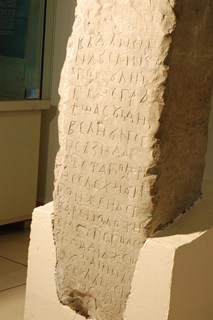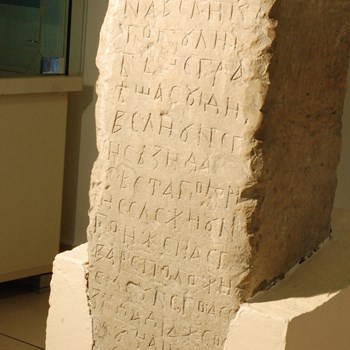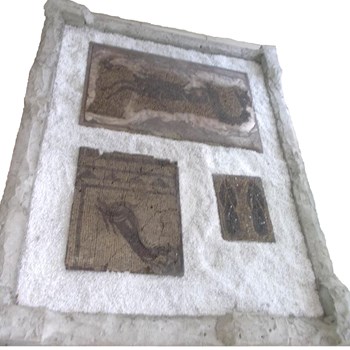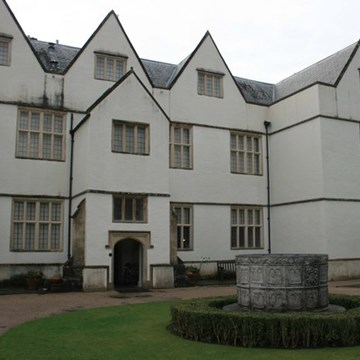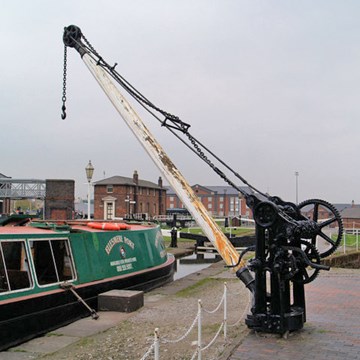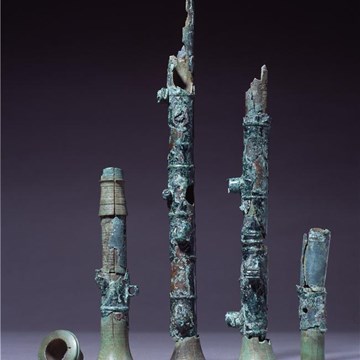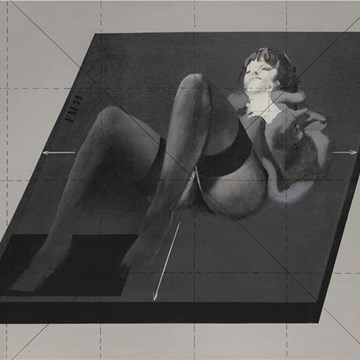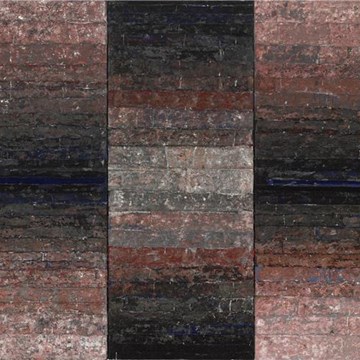Archaeological exhibition was originated by the Zenica City Museum, in collaboration with the National Museum of Bosnia and Herzegovina. Unfortunately, Zenica City Museum, has not so far been able to display properly the development of the culture of the city and the region from the earliest prehistoric times to the fall of the Bosnian medieval state to the wider audience.
Thanks to the new dedicated museum building, we now have the opportunity to, through the archaeological material selected from the collection of the Zenica City Museum, introduce ascent of man in this region, in chronological order, over many centuries, in his daily life – the remains of its material culture, economic life, social organization, wars, weapons, fight for survival, migrations, contacts with neighboring cultures, and above all his intellectual life.
There is also collection in lapidarium (part of the museum) dedicated to the Bosnian – Hum gravestones, tombstones – witnesses of the creative spirit of national treasure and an exciting and authentic artistic expression of our Middle Ages.
Interpretations of the past and the Zenica region was created as a result of archaeological research of our top experts such as: Ć.Truhelka, D.Sergejevski, A.Benac, B.Čović, Đ.Basler, V.Paškvalin, P.Anđelić, N.Miletić and others.
The authors of this exhibition are Zilka Kujundžić-Vejzagić and Adnan Busuladžić. Spatial and visual solution was prepared by Z.Kujundžić-Vejzagić. Visual design and technical contributions arrangement were made by Nedžad Čmajčanin. Laboratory and technical processing of archaeological artifacts were done by Hamo Karkelja.
Archaeological exhibition was originated by the Zenica City Museum , in collaboration with the National Museum of Bosnia and Herzegovina. Unfortunately, Zenica City Museum, has not so far been able to display properly the development of the culture of the city and the region from the earliest prehistoric times to the fall of the Bosnian medieval state to the wider audience.
Thanks to the new dedicated museum building, we now have the opportunity to, through the archaeological...
Read more